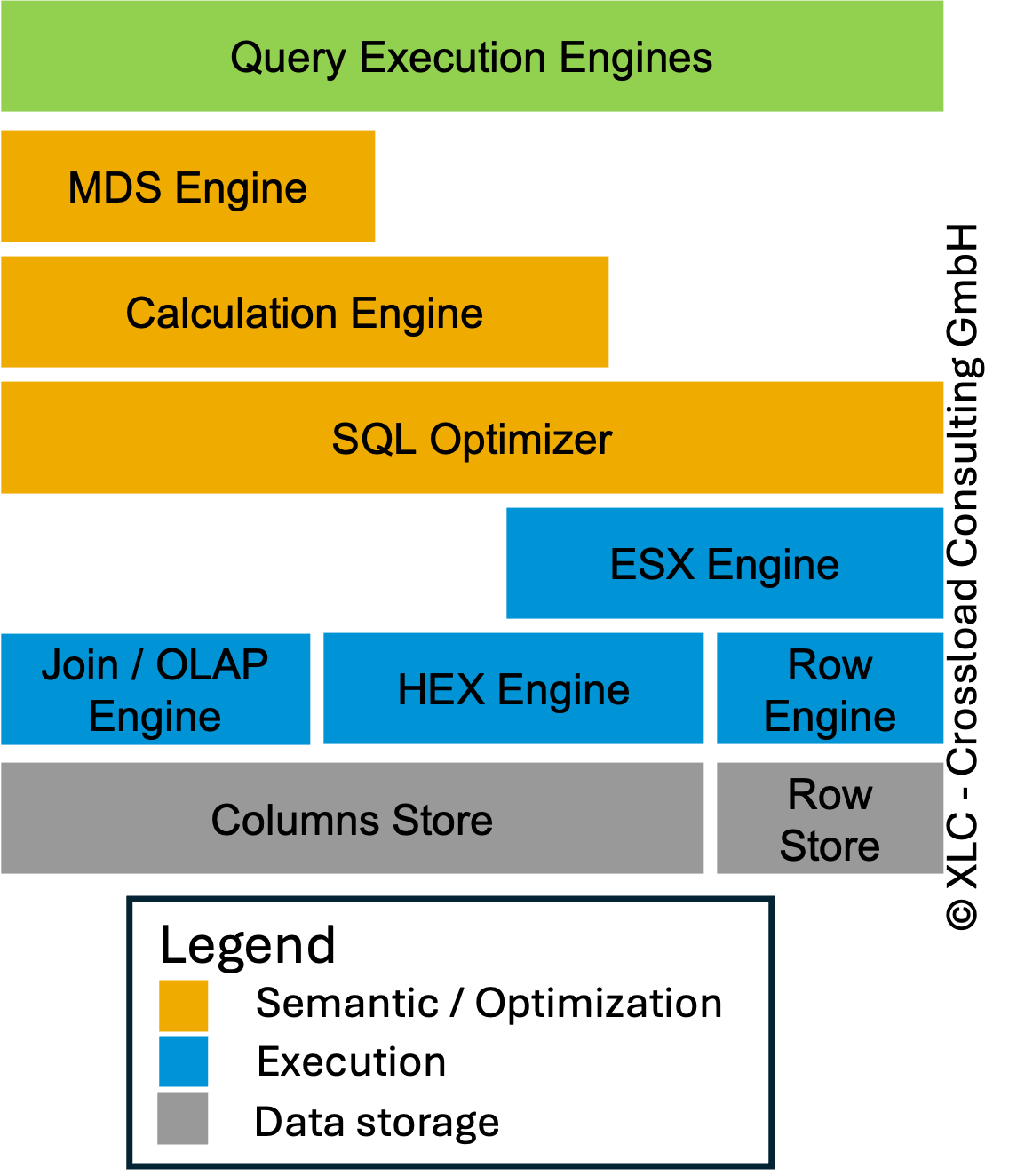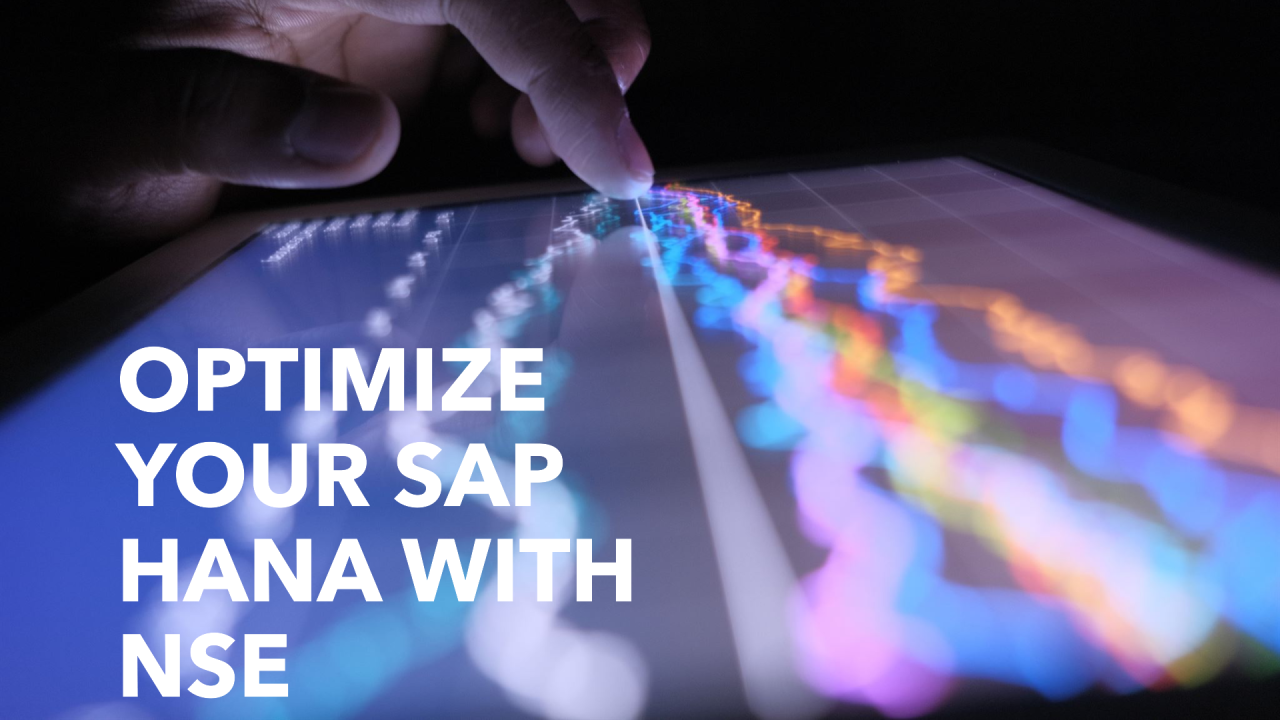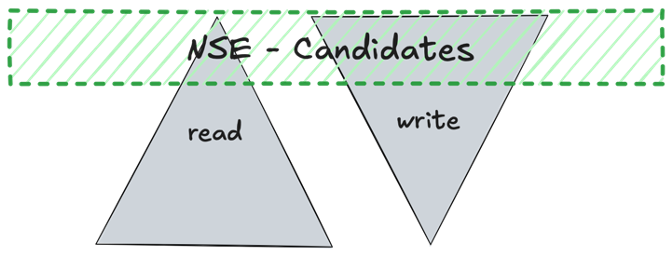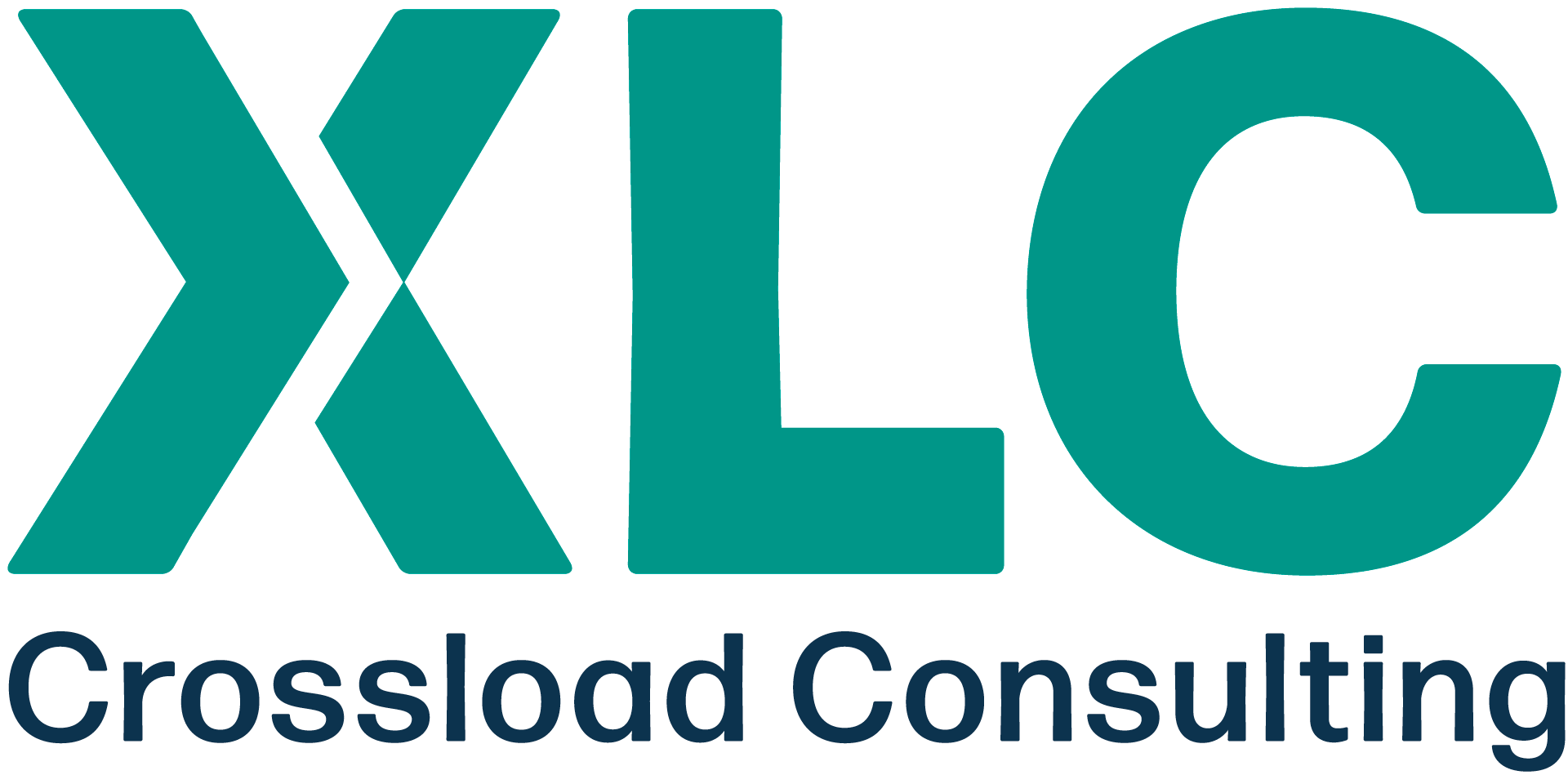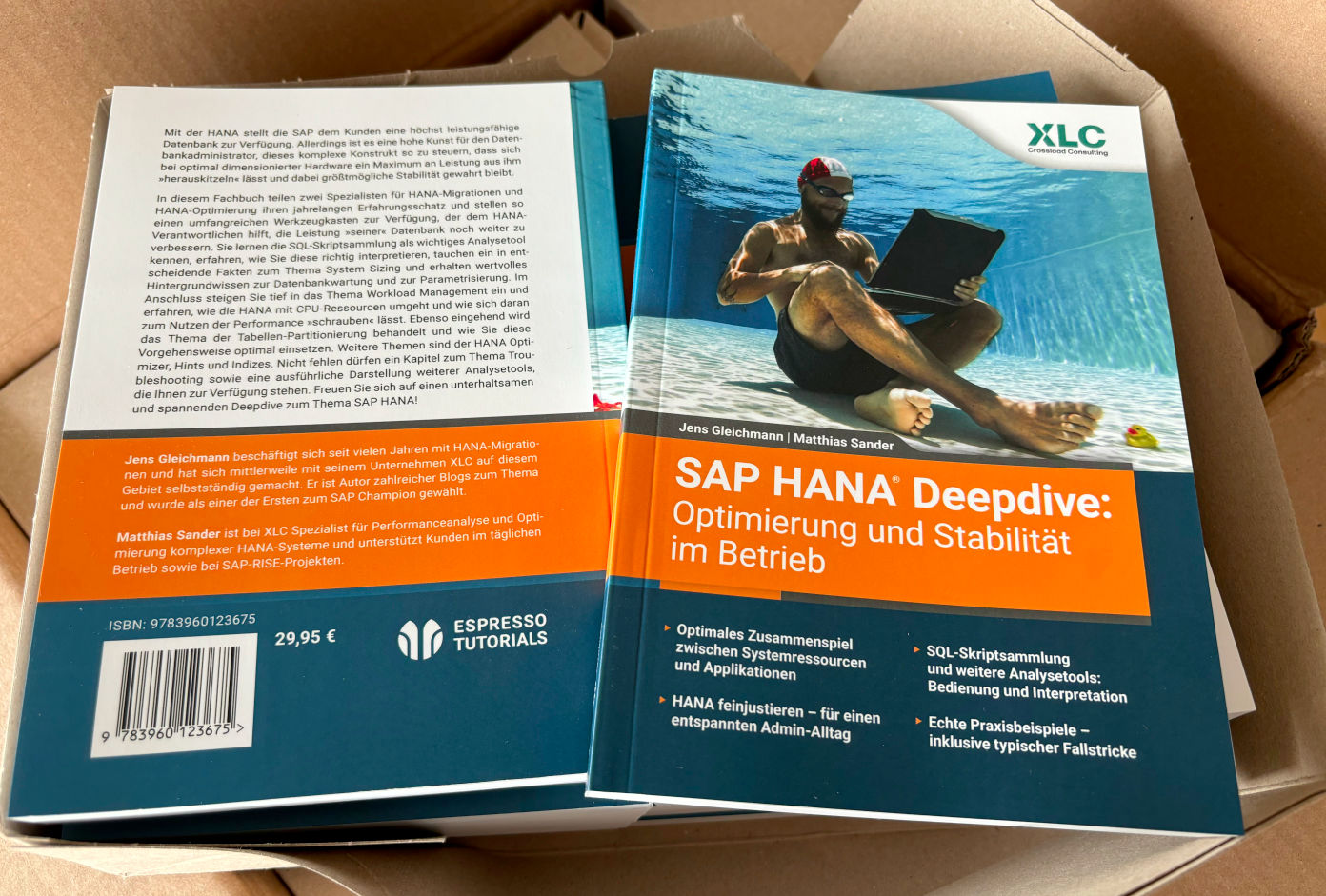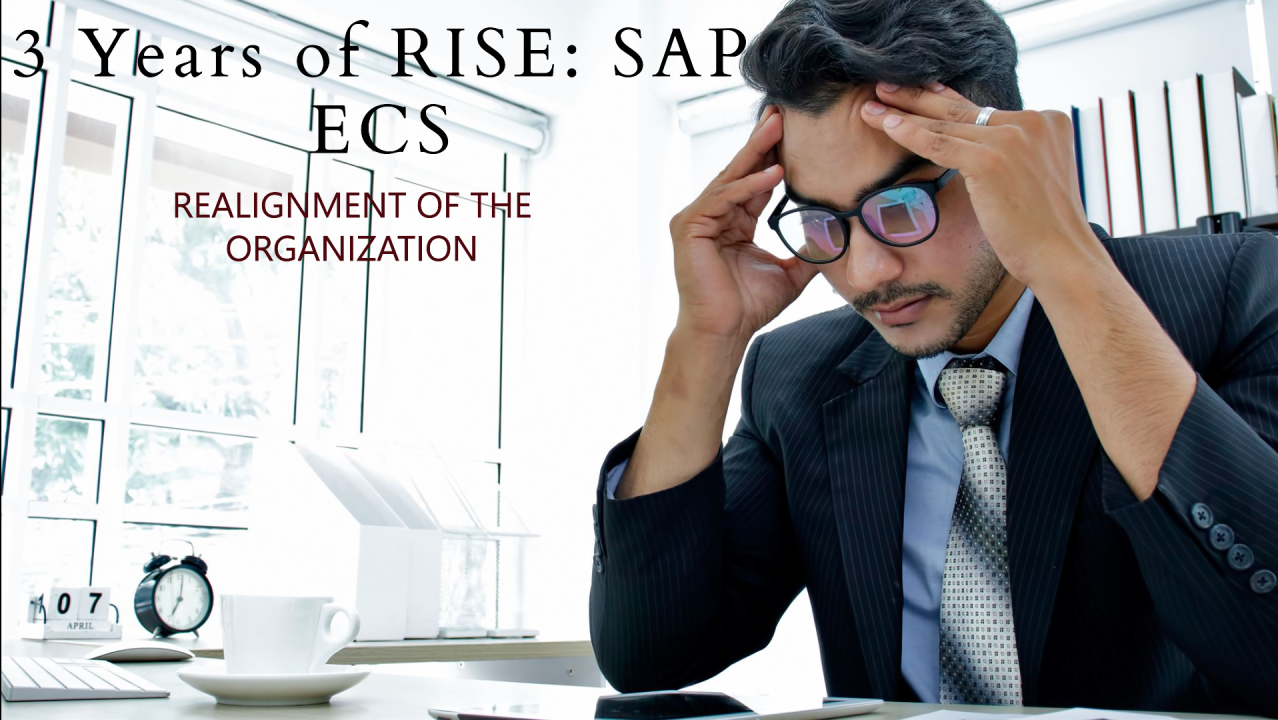HANA News Blog
RISE with S/4HANA: Myth and Truth with feedback of customer projects
Feedback of customer projects and the labyrinth of the roles & responsibilities list

"RISE with SAP is a care package the software vendor is taking care of all the operational tasks. Everything from a single source. You don't need internal staff to manage the systems. In any case, it is currently difficult to find SAP experts to keep operations running and meet all the security specifications."
"The central task of many customers is to produce products or deliver services, but not to run SAP systems. You don't need an own data center in the modern digital world. If you want to be flexible, innovative and scalable, you have to use the cloud. We get fixed prices and know what we will get. We will never get cheaper prices for RISE than we do now.
This and similar sentences I heard the last months a lot from customer exchanges. But are all this arguments true and valid? I will collect some of them and try to find the correct answers with facts inside the contract chaos.
"The RISE with SAP offering includes AI-powered cloud ERP managed and optimized by SAP. It provides services and tools based on SAP's clean core approach to help you migrate on-premise systems, transform business processes, continuously innovate, and embrace cloud agility."
Source: https://www.sap.com/germany/products/erp/rise.html
"With RISE, we only handle the basic operation of the SAP system. We’re experts in this stack around HANA cloud. We also keep up with all the infrastructure innovations, and we excel at the lifecycle management level.
After all, we built all of this ourselves. Beyond this basic operation, customers have the freedom to customize."
- Christian Klein CEO SAP SE
What are the basic operations? I think everyone will understand different meanings of it.
First rule: The customer remains fully responsible for maintenance and security! The customer must create service requests with the correct details and categories. If you want a database patch or an OS security fix applied the customer must act! Some current RISE clients told me that proactive advice on known issues was less or non-existent.
Argument: "You don't need internal staff to manage the systems!"
Truth: You will still need internal staff to create tickets and be responsible to head the ECS (Enterprise Cloud Services) teams. The only people who know which systems are dependent and knowing the internal process behind are the internal guys. The tasks will change from the OS console to orchestrate ECS. But you need people with the know-how and background information. They cannot be easily replaced with any external! The customer has to coordinate maintenance with which (SAP predefined) version and security fix. The customer is responsible to raise the requests! Without the needed know-how this will be a nightmare.
A: "You don't need an own data center in the modern digital world. If you want to be flexible, innovative and scalable, you have to use the cloud"
T: Some services cannot be replaced with RISE. There are some non-SAP services which cannot be handed over. There are still good reasons for an own data centre, hosted services or IaaS. SAP has standardized the SAP operations, but for non-SAP services some standard are missing. The raising costs in the past also show that you cannot calculate all costs of the next 5 years. Be aware: Also SAP has raising cloud costs in their RISE contracts. (Sample Order Form 5.4: "The Cloud Services shall be subject to an annual fee increase of 3.3% effective on each anniversary of 27.04.2024")
A: "RISE with SAP is a care package the software vendor is taking care of all the operational tasks. Everything from a single source."
T: Which tasks are really covered is written in the service contract which every responsible person of the internal SAP should know. Only if you know what is covered and what costs extra, you can act accordingly. Most of the SAP teams I talked to never saw the contract. Root cause analysis (RCA) are only valid for productive environments. If your tests system is on heavily load or after a maintenance the system crashed, you won't get a RCA. This means it can appear in any point in the future in the productive environment. The roles & responsibilities (R&R) list/matrix should be read and compared with care. Not every task is 100% what you think. Please ask very properly if your understatement is correct.
An example: Table partitioning
Starting with RISE in 2021 partitioning was not part of the R&R. The list is valid with the version you have signed the contract. Any subsequent changes will not apply to you.
If you need a partitioning or repartitioning of a table you have to raise a ticket to find a suitable design (HANA_1.1.25). This is a CAS available at additional charge. You can also define the design by your own or via a third party consultancy.
If you found a design, you have to create a new ticket for the technical execution (HANA_1.1.04) which is a
standard service and already covered. But only for one table per SID per year. If you want more tables partitioned (HANA_1.1.35), you have to pay for
an additional services. Some MSPs act like this others have monthly budget for several service requests regardless which time effort the request has. Others have a ticket system with categories for each service request duration and a defined number of each category is included in the monthly fee. You have to compare apple and apple - this is in the end what makes it difficult to compare each service.
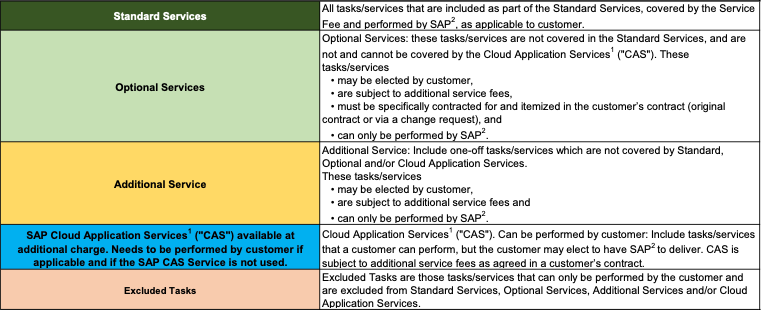
A: "The SLAs are equal or better than the current once"
T: It depends. They may sound better like they are (99,7% for PRD or 99,9 for PRD with HA), but please read the small parts of the contract. This may differ from your expections or what your are currently have defined in your own DC.
Excluded Downtime
... means the Total Minutes in the Month attributable to a Maintenance Window; or any Major Upgrade
Window for which the Customer has been notified at least 5 business days in advance; or unavailability caused by factors outside
of SAP’s reasonable control, such as unpredictable and unforeseeable events that could not have been avoided even if
reasonable care had been exercised.
Source: SAP
“Emergency Downtime” means downtime during emergency patch deployment and emergency operating
system upgrades as described in the Supplement.
“Excluded Downtime” means the Total Minutes in the Month attributable to: Scheduled Downtime; Agreed
Downtime; Emergency Downtime; downtime caused by factors outside of SAP’s reasonable control such as
unpredictable and unforeseeable events that could not have been avoided even if reasonable care had been
exercised (see examples in Section 2); or downtime of a NON-PRD system caused by using the NON-PRD
for failover/to repair to a PRD system.
2.2.4. Interruptions or shutdowns of the Computing Environment, or portions thereof (or Servers for Server
Provisioning) resulting from the quality of the Customer-provided software and/or Customer’s customizations
or modifications of the Customer-provided software, Subscription Software or Computing Environment (or
Servers for Server Provisioning), unless this is the responsibility of SAP under this Agreement.
Source:
SAP - "SERVICE LEVEL AGREEMENT FOR PRIVATE CLOUD EDITION SERVICES AND TAILORED OPTION"
3.3.2. Notwithstanding the foregoing, SAP reserves the right to perform Emergency Maintenance activities at any time
without Customer’s prior consent. SAP will use reasonable efforts to provide Customer with forty-eight (48) hours
advance notice regarding performance of Emergency Maintenance. In case of Cloud Service downtime during
such Emergency Maintenance, such downtime will be considered “Emergency Downtime” as defined in the SLA
(defined in Section 3.4 below). “Emergency Maintenance” are maintenance activities reasonably necessary to
prevent or mitigate circumstances that may otherwise pose a significant impact to the Cloud Service.
Source: RISE with SAP S/4HANA Cloud, private edition Supplemental Terms and Conditions
A: "SAP is delivering innovation only in the cloud and the roadmaps are clearly defined."
T: Innovations will be released first in cloud releases and sometime first in public cloud! Not each SAP cloud (public/private) is handled similar. Some of them may also be downported to on-prem software. SAP reserves the right to withdraw any cloud software after short notice. This already happened for smaller products like LAMA cloud (SAP Landscape Management Cloud).
In the end RISE is not equal RISE. Every single customer scenario will be different. You cannot compare them such easily.
this list will be extended - stay tuned
SAP HANA News by XLC
